Organismal Biology — Lab 11 online
ANIMAL DIVERSITY III:
Mollusca and Echinodermata
Download the instructions for this lab.
Lophophore-feeding phyla:

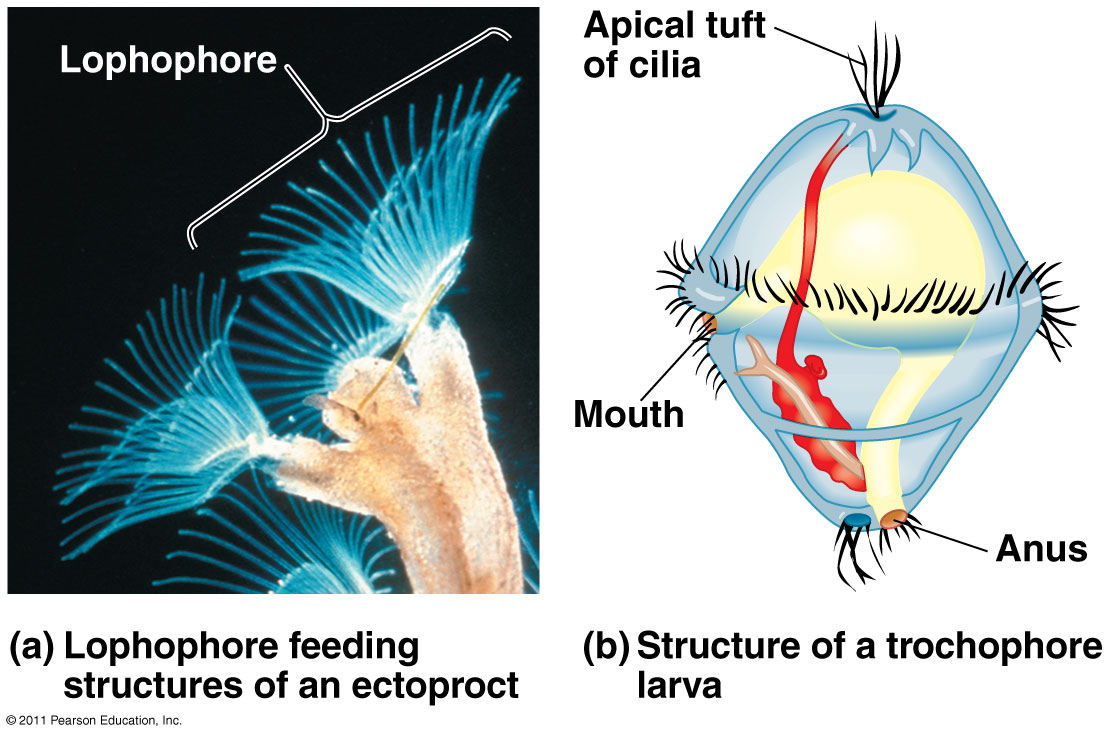
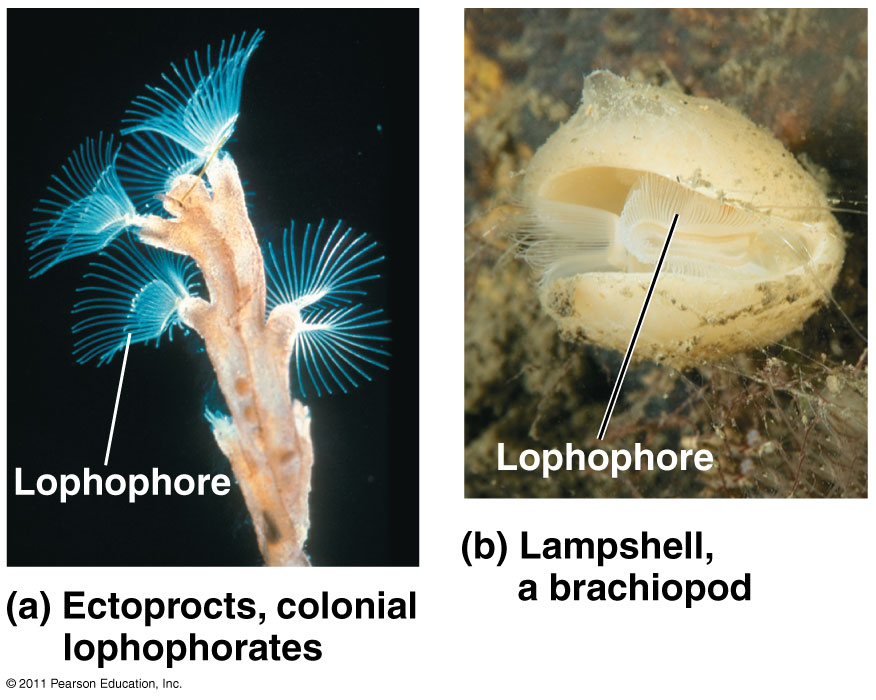
Phylum Mollusca

This type of larva occurs in various mollusks and in polychaete annelids.
Scientists think that the common ancestor of all Lophotrochozoa had this type of larva.

This drawing is based on an anatomist's theoretical drawing from the 1930s, envisioning what an ancestral
or generalized mollusk would look like, based on comparative anatomy and based on the fossil genus
Pilina, which had a low-domed conical shell. In the 1960s, a new species was dredged up
from the depths of the Pacific Ocean that matched this diagram almost exactly, and it
was given the name Neopilina and placed in its own class, the Monoplacophora.

Class Polyplacophora (chitons)

| 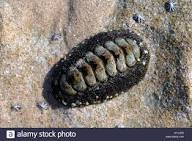
| 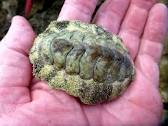
|
| Chitons are flat mollusks with 8 segments to their shell.
They cling to rocks and use their radulas to scrape algae off the surface. | ||
Class Gastropoda (snails)

All snails have a well-developed muscular foot and nearly all have a spirally coiled shell.
They all feed using a scraping organ, the radula, that has teeth embedded in a strap that is rhythmically
pulled around a cartilage "tongue"; the radula scrapes surfaces containing encrusted algae and other food.
In most snails, the mantle cavity lies above the head and slightly behind, and it directs the flow of water diagonally.

All snails undergo an asymmetrical torsion during their development, bringing the mantle cavity
from the rear to the front. A few, including the land snails and slugs, subsequently undergo
a detorsion, bringing the mantle cavity back to the original rear position.
More snails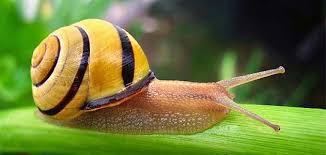
| 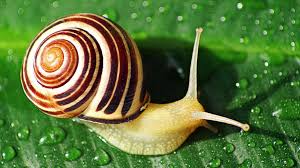 | 
|


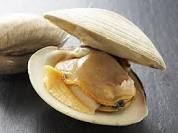
| 
| 
|

Class Cephalopoda

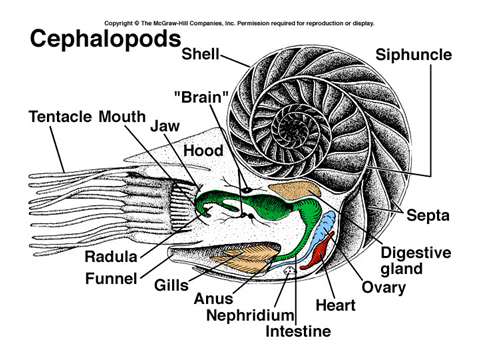
Anatomy of Nautilus, whose coiled shell contains many gas-filled chambers connected by a tube
called the siphuncle. The gas inside the chambers is about 98% N2 and the animal can adjust
the amount of gas to control its buoyancy and thus the depth at which it floats in the water.
Fossils called Ammonites had a similarly coiled shell, varying from 2 inches up to 2 feet across.

Extinct Ammonites (subclass Ammonoidea)

| 
| 
|
Squids and Octopus are cephalopods that have lost their shells
(or, in one case, reduced it to a thin, internal structure just beneath the skin).
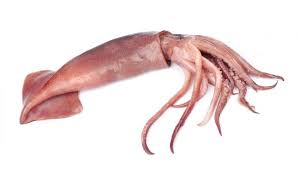
| 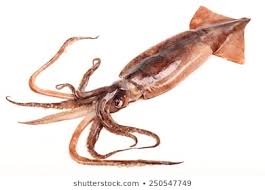
|

Internal anatomy of a squid

| |
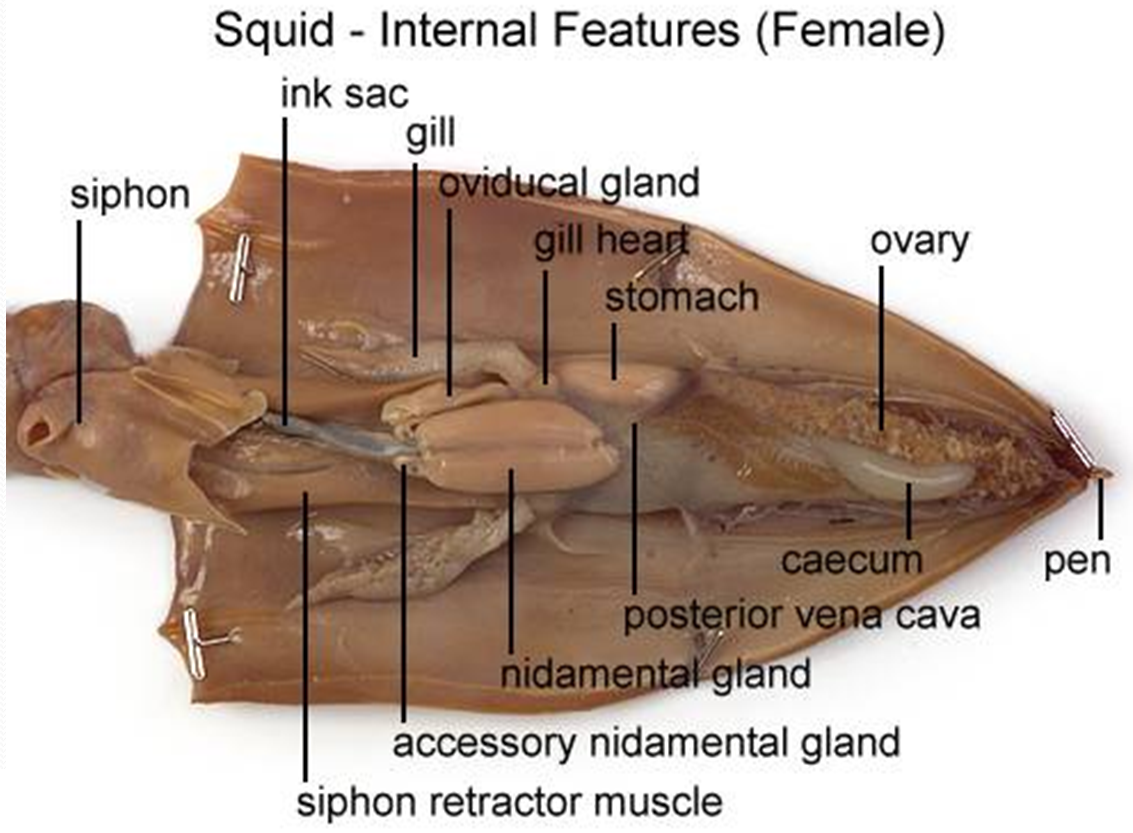
| 
|
Common squids are just 4-6 inches long, but—

Museum display of a giant squid. For scale, notice the person standing nearby.
Also —

Octopus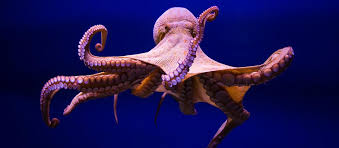
| 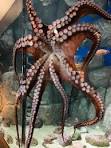
|

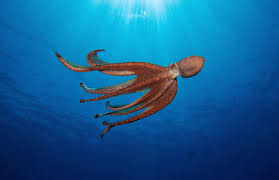
|
Deuterostome phyla

Phylum Echinodermata


Above left: starfish among sea urchins Below right: starfish anatomy
 Crinoid (sea lily) | 
|  Starfish (sea star) | 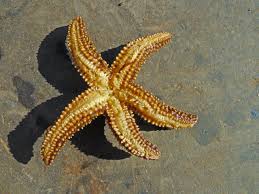 Underside of a starfish | |
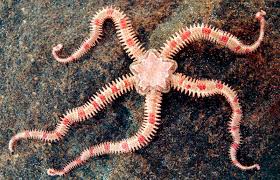
| 
| 
| 
| 
|
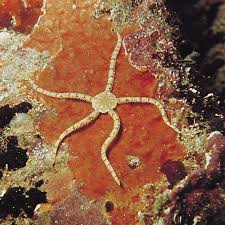 Brittle stars (Ophiuroidea) | 
|  Sea urchins (Echinoidea) | 
| 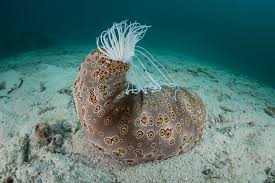 Sea cucumbers (Holothuroidea) |
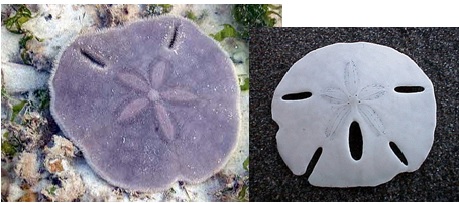
| Sand dollars are also echinoids— they are basically flattened sea urchins with reduced spines. Instead of hovering along the surface of the sea floor as most sea urchins do, they maneuver their bodies into the top 1-2 cm of sediment. |
—— Rev. April 2020 ——